 |
 |
 |
 |
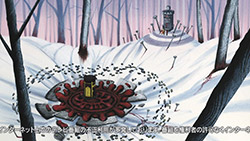 |
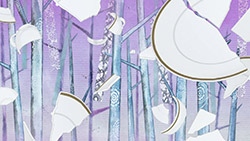 |
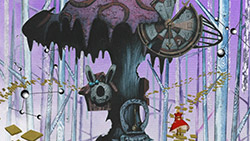 |
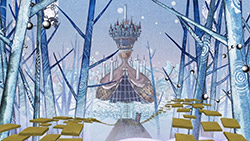 |
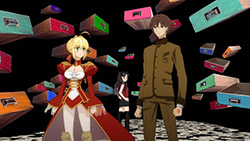 |
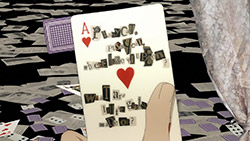 |
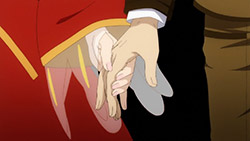 |
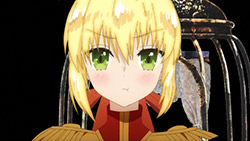 |
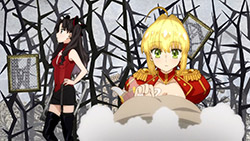 |
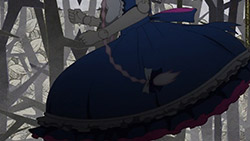 |
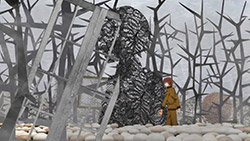 |
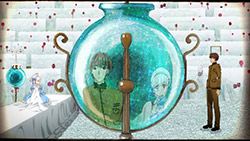 |
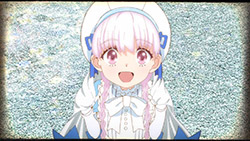 |
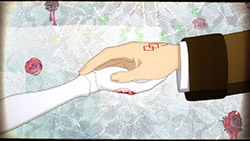 |
 |
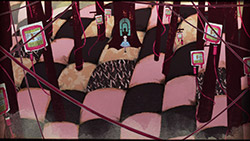 |
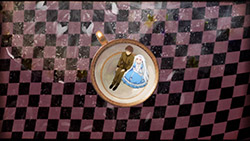 |
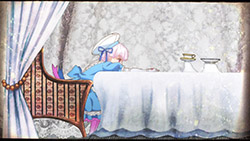 |
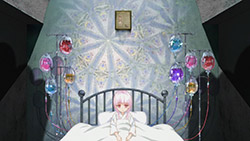 |
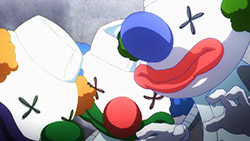 |
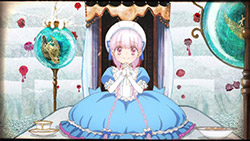 |
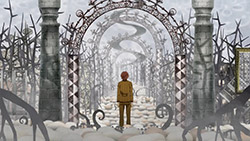 |
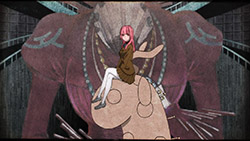 |
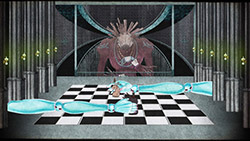 |
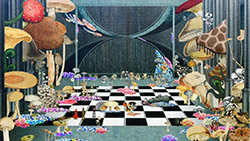 |
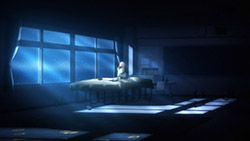 |
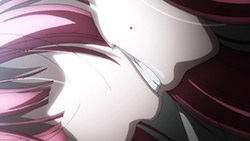 |
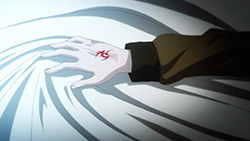 |
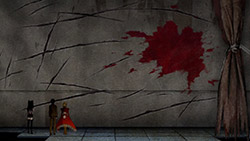 |
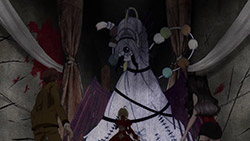 |
 |
 |
「-永久機関・少女帝国- クイーンズ・グラスゲーム」 (Towakikan Shoujoteikoku -Kuiinzu Gurasugeemu-)
“A Girl’s Perpetual Empire -Queen’s Glass Game-“
It’s hard to fit children into a story full of adults. Children are difficult to write. The best written child characters are essentially adults with less experience. Badly written child characters are… well, you can probably think of some. We all have our own Anakin Skywalkers. The thing is, children can have very different perspectives from adults, and the issues of children and adults do not always intersect. As it should be, because if a child was just the same thing as an adult, why make a character a child at all? Sometimes, it’s simply to have a character who is innately more vulnerable than an adult. Sometimes, they aren’t characters at all; they’re baggage. Consider the children in Jurassic Park. All respect to Spielberg, but what did the kids really add? Mostly, an artificial layer of extra danger. Not only are there loose dinosaurs, we also have to haul these children around. Hurray obstacles.
It’s an idea reinforced by both media and society, that children are there to be protected, which leads naturally into the sick little girl archetype. They basically only exist to be unfortunate. This is not an innate criticism of the character — to misquote Tolstoy, only unfortunate people make for interesting stories — and sick little girls are used widely, both well and poorly. But when deployed directly, they are always heavy hammers of the plot. Children need to be protected. Sick children need even more protection than usual. And thus almost anything done by or on behalf of the sick little girl is justified. They can have magic powers. They can be ghosts. They can illicit extreme character changes in others. When a story breaks out the sick little girl, you know it’s not messing around. They’re going to take all the emotional capital this miserable creature generates and use it to force through something dramatic.
That said, I wasn’t expecting Alice to reveal her nature so quickly. It’s a lot to expect us to take in all at once. Here’s a little girl. She’s miserable, tortured, and dead. For anime-only viewers, this was a huge dump of exposition about a character we have only just met. For game-players, this was largely redundant dialogue. But this is where the staff at SHAFT get to shine, because after shows like Madoka Magica and Monogatari they know exactly what to do when they have an episode composed almost entirely of talking heads: unleash the surreal sets. I must say, after playing around so much with the storybook aesthetic in basically every other show they make, they’ve gotten rather good at it. They don’t even need to reach very far this time, because Alice’s Adventures in Wonderland, which this entire arc is based on, is innately mind-bending surrealist nonsense even without hallucinogenic aid. Japan loves Alice in Wonderland for some reason, and many anime will reference it almost out of a sense of obligation. But they forget that it’s not really just about talking animals and drinking tea. Wonderland, despite its name, is nightmarish. Uncontrolled transformations, feline stalkers, monarchs obsessed with decapitation — the uncanny, when viewed through the looking glass are the building blocks of horror.
Despite all the funky visuals keeping the pace going, I still found the stream of consciousness this week a bit too rapid. Again, it basically unloaded everything about Alice and her Servant in one go. And then there’s Suddenly Amari. I was wondering where pink-haired girl went off to after her conspicuous presence in the first episode, but at the same time I don’t know who she is and don’t really care. I mean, I didn’t even remember that her name was Amari and would not care to find out if she didn’t angst about it so much. And, honestly? Still don’t really care. Yeah, she’s supposed to have some sort of rivalry with Rin but she pops up with so little ceremony that I can’t really motivate myself to figure out why.
Well, I know they’ve got a lot of material to cover in very little time, so in deference to the interesting visuals this week I’ll forgive Nasu’s writing. All those scenes were part of Nursery Rhyme anyway, and it can apparently just do anything. This is for a sick little girl, remember? Everything is justified.
End Card
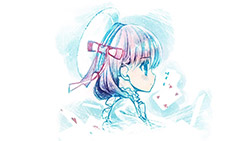 |

Oh boy, Alice in the Wonderland references all over the place. i do get it, that this is an fantasy world of this girl ridden on the bed… But oh boy. seems like they gone all out
https://randomc.net/image/Fate%20EXTRA%20Last%20Encore/Fate%20EXTRA%20Last%20Encore%20-%2006%20-%20Large%2027.jpg
I wonder if this girl is a younger alternate version of Koyanskaya. I am curious who is she.
https://randomc.net/image/Fate%20EXTRA%20Last%20Encore/Fate%20EXTRA%20Last%20Encore%20-%2006%20-%20Large%2017.jpg
Really feel sorry for this poor child. She has probably been alone for 1000 years? Horrible miscalculation on the main character’s part
Ye gods. The visuals from this episode look so very VERY SHAFT. They actually have an in-story justification for their acid-trip visuals, and someone concluded that there is no such thing as overkill.
Looks like shaft brought out the Madoka background art.
Become a Mahou Shojo!
Another purpose of the children in Jurassic Park was to provide the main character, Dr. Alan Grant, some character development. He doesn’t like kids. By spending time with them, protecting them from danger, his outlook changed.w
Oh, the kids in Jurassic Park provided me with character development too. I came out liking kids less.
Loved this episode. Lots of Nasu dialogue and lots of SHAFT visuals and Madoka Magica witch nostalgia.